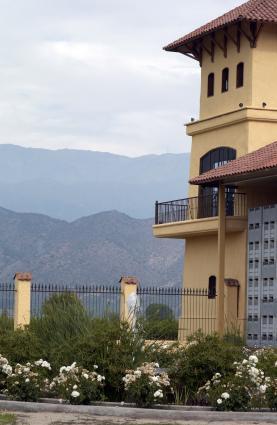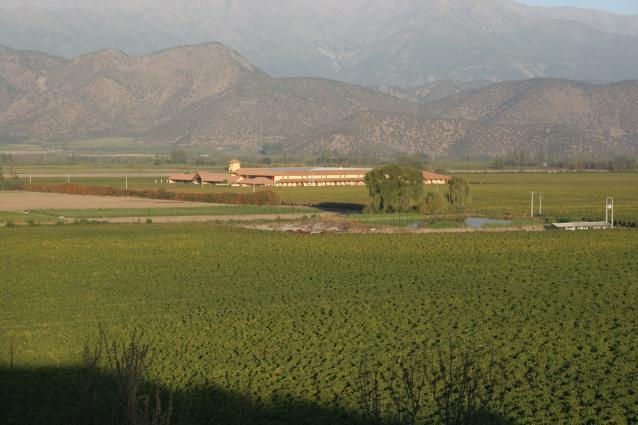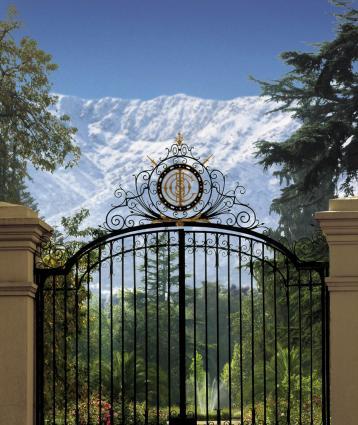Cousiño-Macul Antiguas Reservas Chardonnay

Wine Description
Cousiño-Macul's first Antiguas Reservas Chardonnay was made in 1969. Since then, this trademarked designation applies to a selection of Chardonnay that represents the finest of the vintage. The selection process starts in the vineyard with the restriction of the yield per vine and continues throughout the winemaking process.
 Acclaim
Acclaim
 Vineyard & Production Info
Vineyard & Production Info
 Winemaking & Aging
Winemaking & Aging
 Analytical Data
Analytical Data
 Wine Production
Wine Production
The climate during season 2015-2016 was not usual comparing it with past years. The main effects were over the health of the grapes due to strong showers during April; a delay in the ripening period due to a cold spring; and lower general yield due to both conditions. All our wines are expected to develop very well ending up fresh and with good natural acidity. In the case of whites, they will show lower alcohol levels. In the case of reds, they will be elegant with flower notes and fruity. In general, we´ll get lower yields but high quality wines, representatives of the climate conditions, origin and variety.





